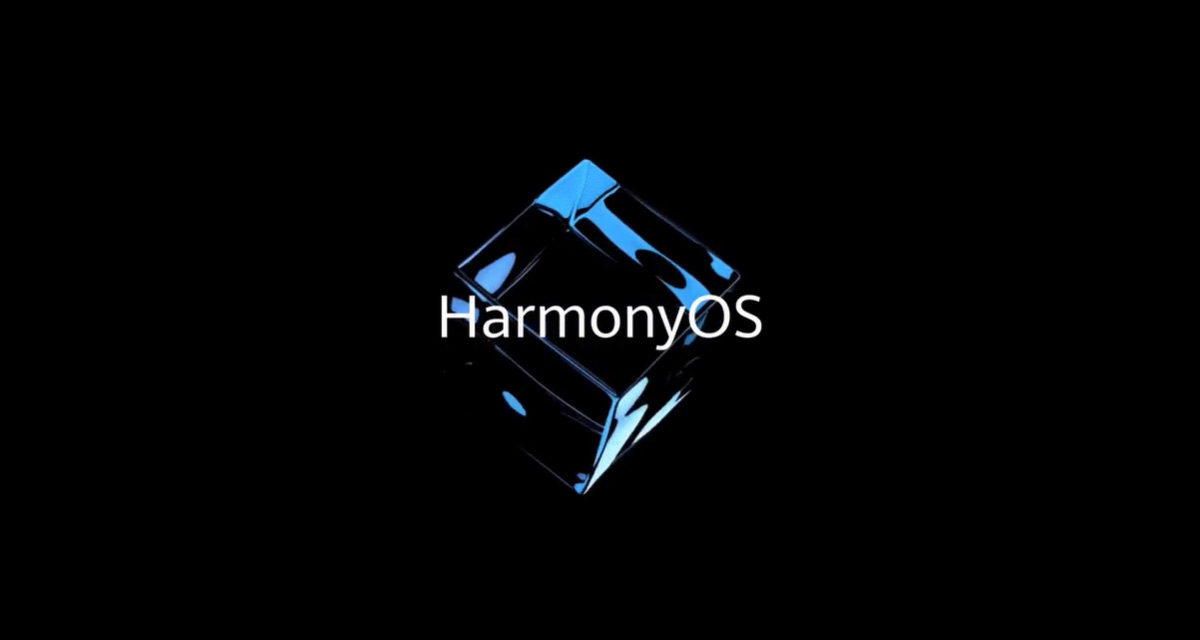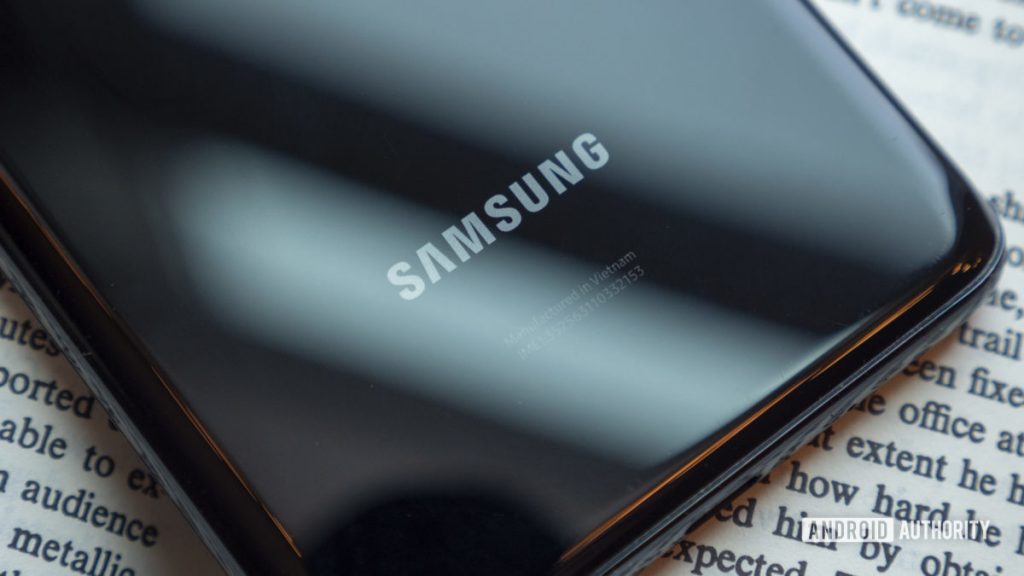2020 wasn’t a kind year to any of us and especially not to Huawei. US trade restrictions took their toll, hampering its Western flagship launches and leading to the sale of its Honor sub-brand. Huawei’s 5G networking and other operations also took a hit, despite a number of other tech companies wanting to continue working with the brand.
Despite the setbacks, however, the company’s Huawei P40 and Mate 40 handsets continued to compete at the top-end of the market. This is especially true when it comes to photography capabilities. The brand’s 5nm HiSilicon Kirin 9000 processor is also a cutting edge piece of technology that keeps silicon designers at Apple, Samsung, and Qualcomm on their toes. But ultimately Huawei’s momentum is waning, as shown by its falling smartphone market share.
While Huawei’s fate, at least outside of China, remains out of its hands for now, it’s still an important player in the smartphone and broader tech spheres. Here’s what we’d like to see from Huawei in 2021.
See also: The Huawei ban: Everything you need to know
Read our other 2021 wishlists:
1. Return of the Google apps

Let’s start with the obvious one. While completely out of Huawei’s control, we’re yearning for a return of Google apps and services to the brand’s smartphones. It’s not controversial to say that while Huawei’s App Gallery and Petal Search features have improved app support throughout 2020, the situation has still hamstrung its otherwise decent smartphone launches.
Related: Huawei’s Play Store alternative has gotten better, but it’s the apps that count
The Huawei P40 Pro and Mate 40 Pro are solid pieces of hardware. However, they are almost impossible to recommend to the vast majority of consumers who rely on Google services, such as Maps or Drive, and a variety of other popular apps. Not forgetting that its EMUI 11 software is still running Android 10 rather than the newest Android 11. There are feature and security implications to remaining locked out of Google’s ecosystem too.
With perhaps a more sympathetic US administration at the helm in 2021, there’s a remote possibility that Google services may make their way back to Huawei devices in the not too distant future. Although this is still far from certain, it would be a boon for next year’s flagship phones. Failing a return to Google, it’s hard to see how Huawei can keep itself on the cutting edge.
2. A Harmony OS smartphone

Even if Huawei is allowed to make use of Google’s services down the line, the company is unlikely to ever want to be completely reliant on Western ecosystems ever again. Whatever happens, we’re likely to see the continued development of the company’s Harmony OS backup plan. With the second developer beta version now available for smartphones, Huawei is slowly closing in on a finished product.
Offering OS variants to existing handsets is one thing. What would really be intriguing is for Huawei to launch a smartphone built entirely around Harmony OS. It will be interesting to see what the company can do with even deeper integration between custom hardware and software. Huawei executive Yang Haisong has reportedly hinted that the first phone is on the way in 2021. Such a launch would likely be limited to China, at least at first. Nevertheless, software competition is always an exciting prospect.
Next: We asked, you told us — You think the US has gone too far against Huawei
Whether or not Harmony OS becomes a viable alternative to Android remains to be seen. In many markets, the Google apps issue is likely to be an insurmountable hurdle even with an in-house OS. We’re interested to see how this all plays out, either way.
3. Foldables for the mainstream

With software up in the air, it’s excellent and unique hardware that can keep Huawei on the radar. What could be better than another folding handset to keep eyes on the brand? We thought the Huawei Mate X was a decent first-gen attempt, and the Huawei Mate XS was perhaps the best take on the foldable formula at the time. This is despite the lack of Google apps and the eyewatering price tag.
Regrettably, the next-generation Huawei Mate X2 didn’t make it to market in time for 2020. Hopefully, we’ll see the handset appear in 2021. However, we’re still expecting it to be an ultra-premium phone that will keep it out of the reach of most consumers.
The company reportedly lost $60 million on the Mate XS due to low sales. It’s clear that making foldable display technology more affordable is key to the long-term viability of the flexible phone market. More of the same hardware, but with a sub-$1,000 price is a must if these handsets are to see mass consumer appeal. Unfortunately, Huawei expects affordable foldables to arrive by 2022 rather than in 2021. Nevertheless, that doesn’t mean we won’t see some form of much-needed price reduction in 2021.
4. More fantastic cameras

Credit: Robert Triggs / Android Authority
Enough of the negative talk. Let’s turn to cameras — an area in which Huawei continues to do as well, if not better than everyone else. Huawei’s 2020 flagships take great photos, thanks to the move to larger RYYB main image sensors and some impressive HDR processing. We definitely want to see Huawei continue to push image quality along with larger, brighter sensors. Cajoling other manufacturers to follow suit in the process.
See also: The best Android camera phones you can buy
Huawei’s phones also offer solid zoom quality, thanks to their periscope camera design. Distance isn’t really the problem anymore. Instead, the industry should be heading towards more consistent quality across multi-camera setups. We’d like to see bigger and brighter sensors used for zoom, solving the odd underexposure issue and driving zoom quality even further. Likewise for wide-angle lenses. Huawei could offer slightly wider lenses to keep up with the competition while retaining its quality advantage.
There’s computation photography too. It’s another notch on Huawei’s belt but one that’s crying out for further development. While the company’s reflection removal AI feature is solid, we’re still waiting on its AI Remove Passer-by and other “Golden Snap” features from previous showcases. So, we’d definitely like to see a continued dual-pronged approach to camera hardware and software.
5. Updated smartwatch specs

Credit: Kris Carlon / Android Authority
The smartwatch market wasn’t in a great spot throughout 2020, but Huawei’s devices have stood out as some of the better picks. The company’s wearables offer excellent battery life, solid designs, and plenty of cutting edge functionality.
Even so, the likes of the Huawei Watch Fit and Huawei Watch GT 2 Pro are based on older hardware. Its smartwatch line-up could really use a refresh to push performance forward. We wouldn’t mind extra storage space either. Stagnant hardware has made it harder to recommend upgrading from older watches this year.
Likewise, Huawei’s watch software could use some polish. Better support for third-party apps and enabling advanced features when paired with non-Huawei smartphones would be solid steps forward. However, Huawei appears to be doubling down with closer in-house ecosystem integration, making this a little less likely.
You tell us: What do you want to see from Huawei in 2021?
Much of our 2021 wishlist for Huawei is out of the company’s hands, but that doesn’t mean that next year can’t be an exciting one for the brand. Cutting edge hardware that stands out from the crowd will help keep eyes on the company. Between smartphone camera prowess and a growing accessory ecosystem, Huawei may even eventually persuade some of us to live without Google services.
There’s no denying that Huawei is in a tough spot, and 2021 will likely be even more difficult when it comes to Western markets. A turn around is a tall order, but Huawei is at its best when it’s breaking the industry mold.

